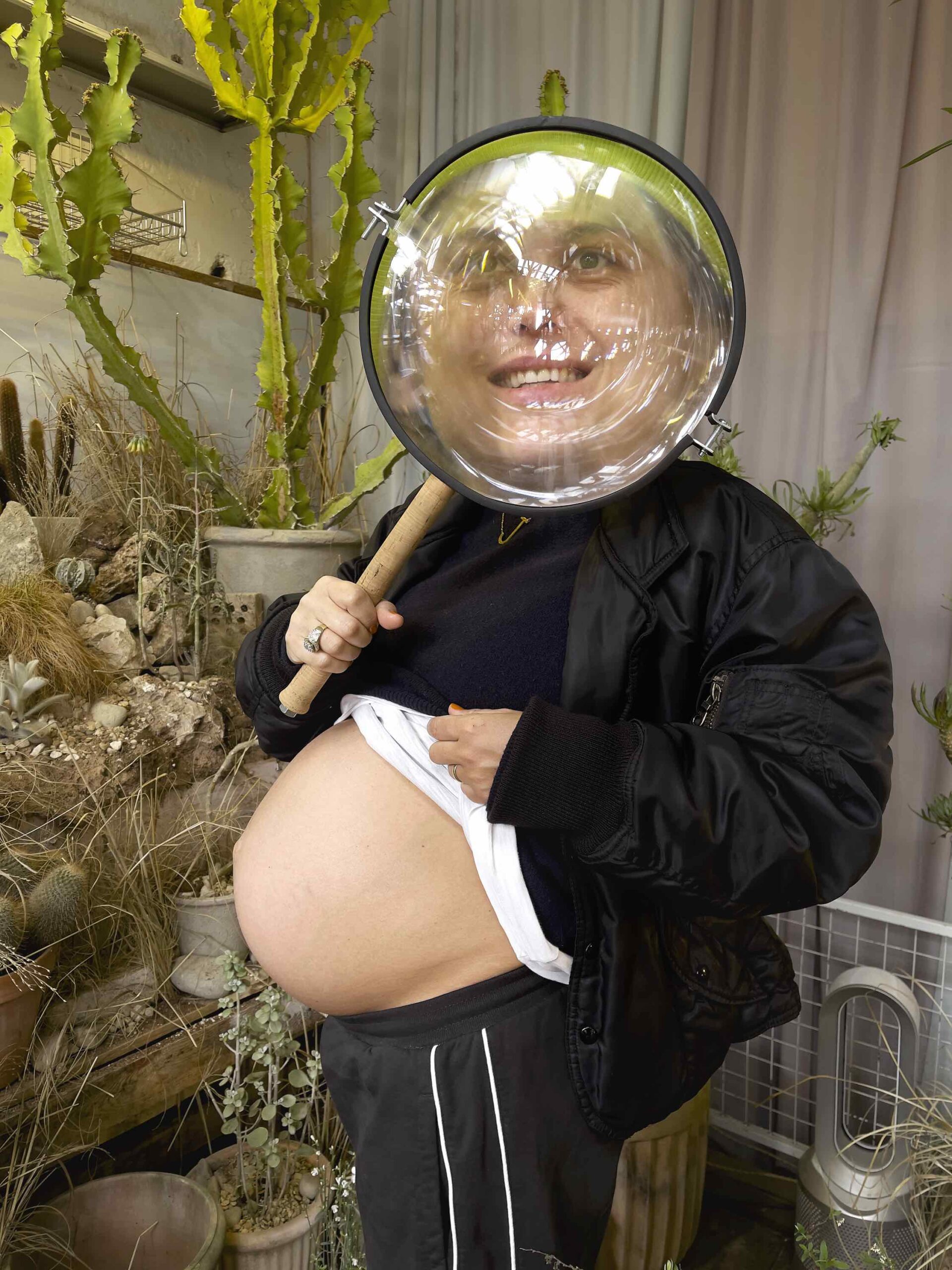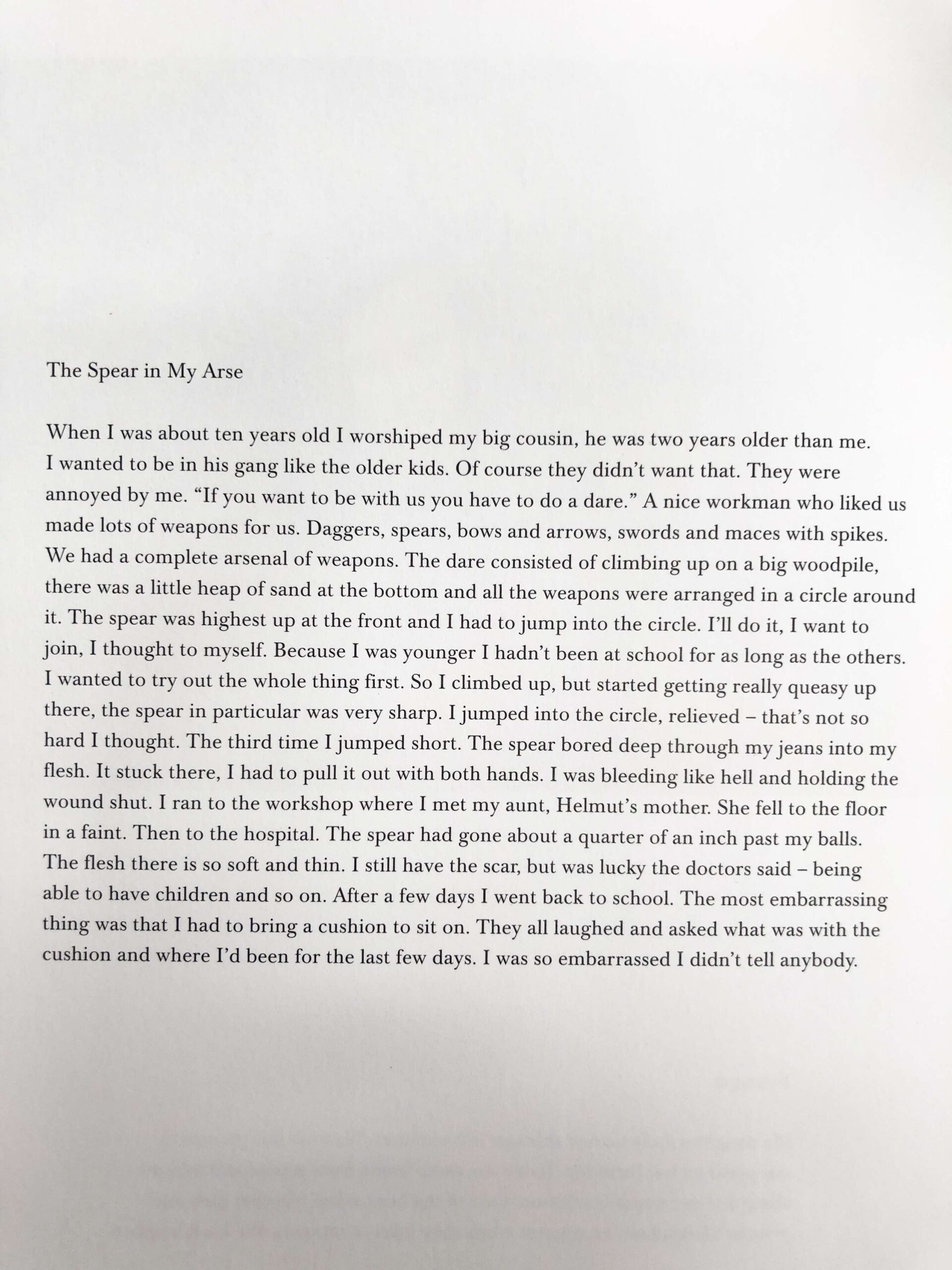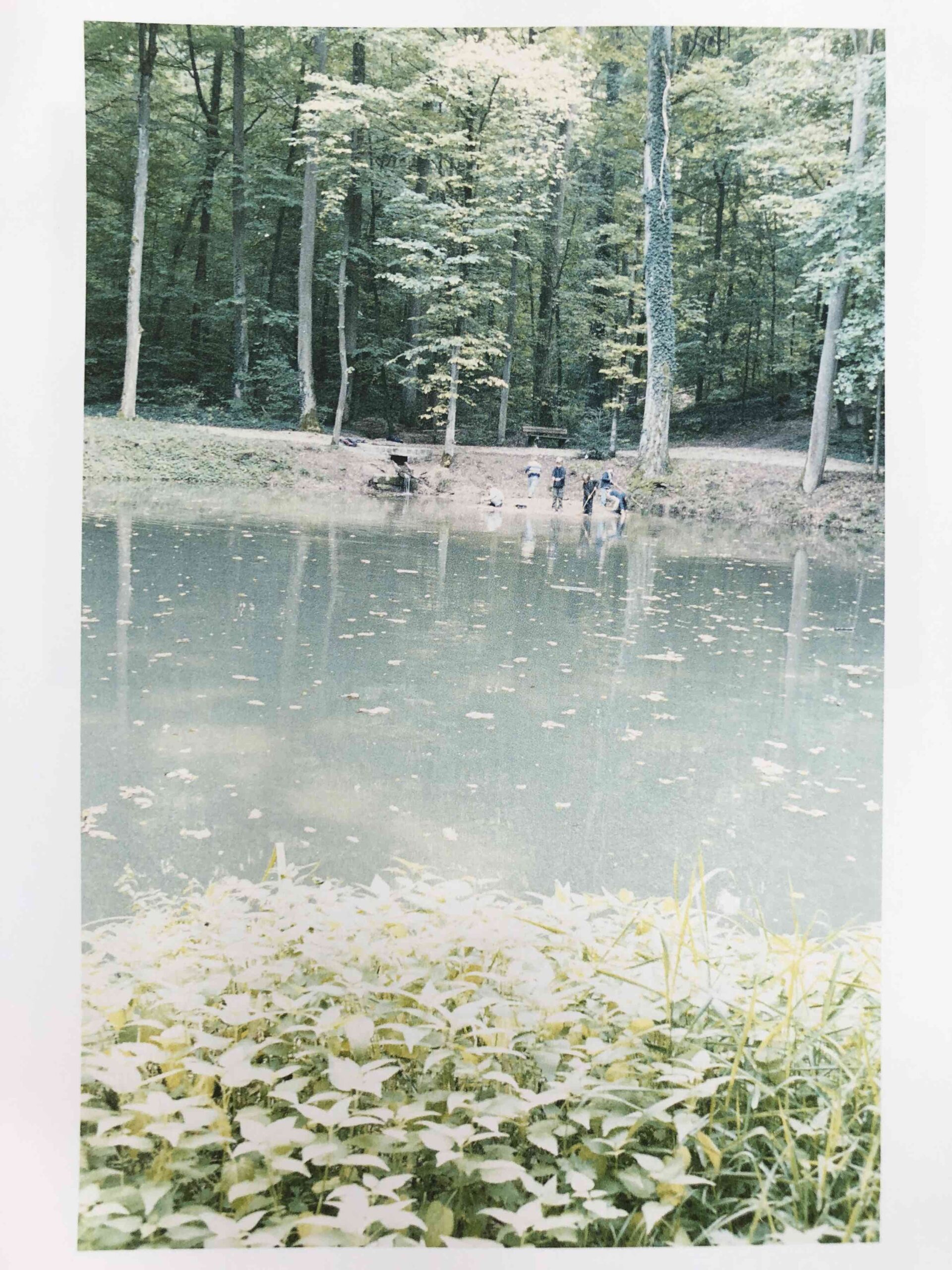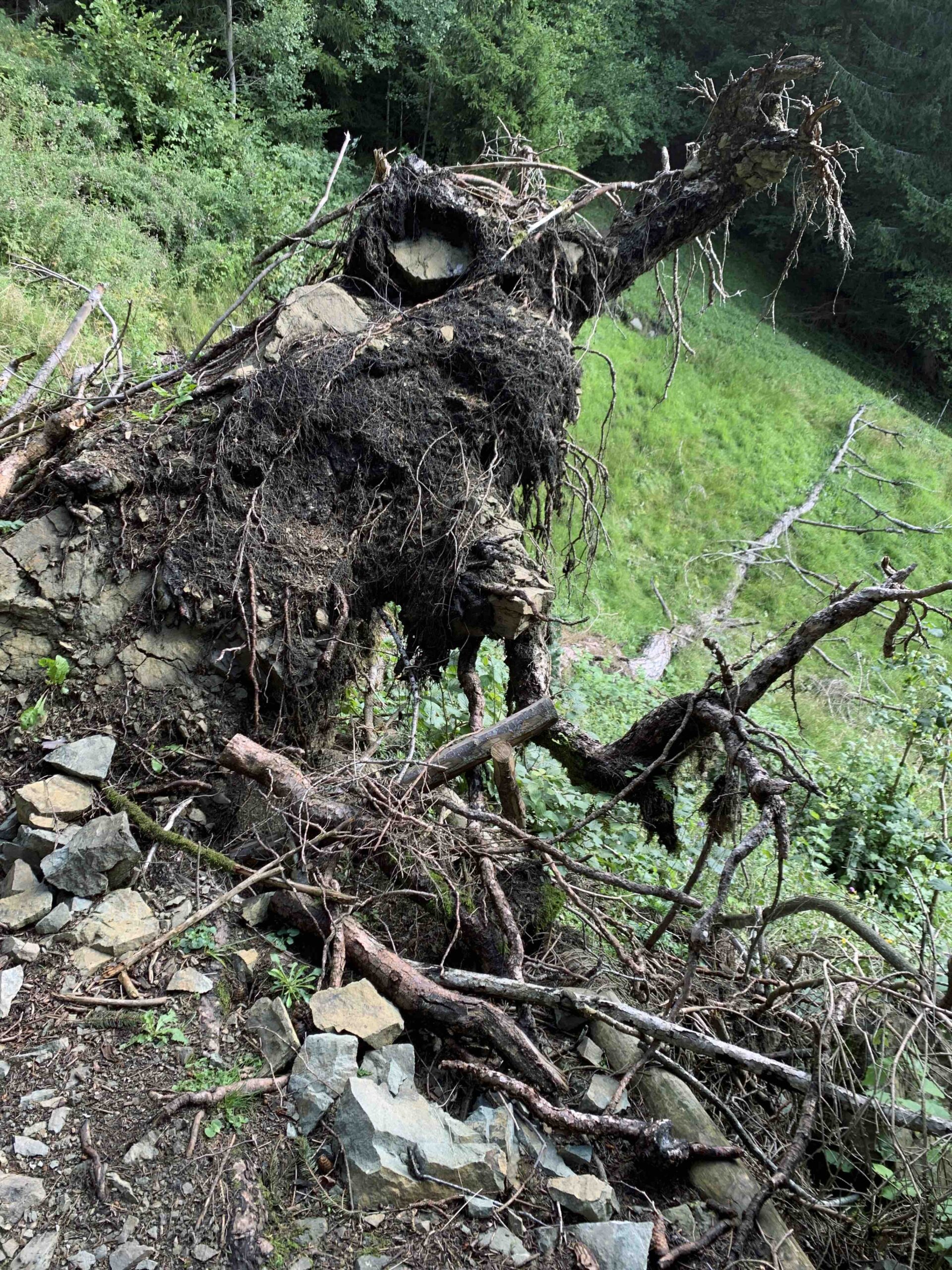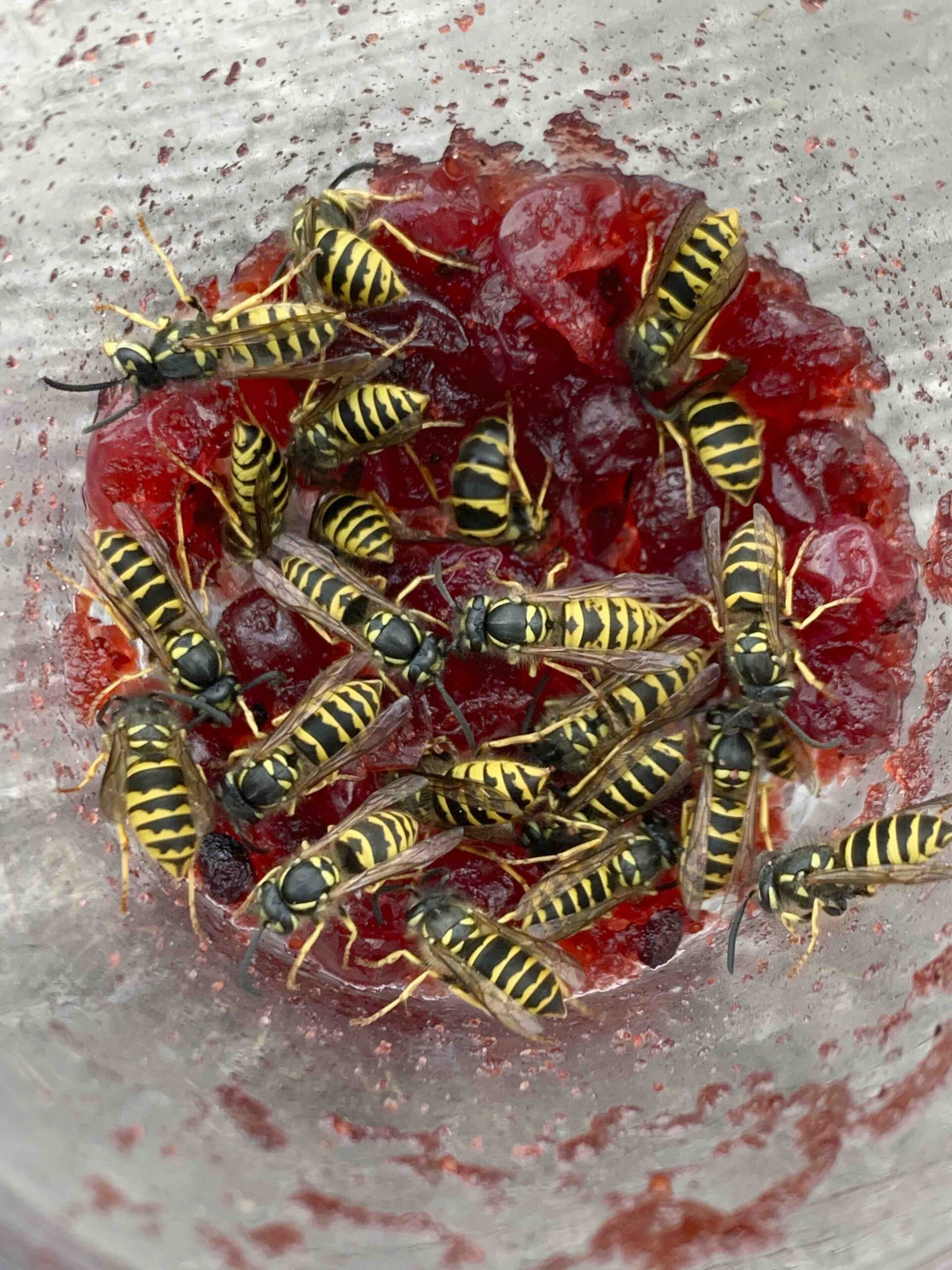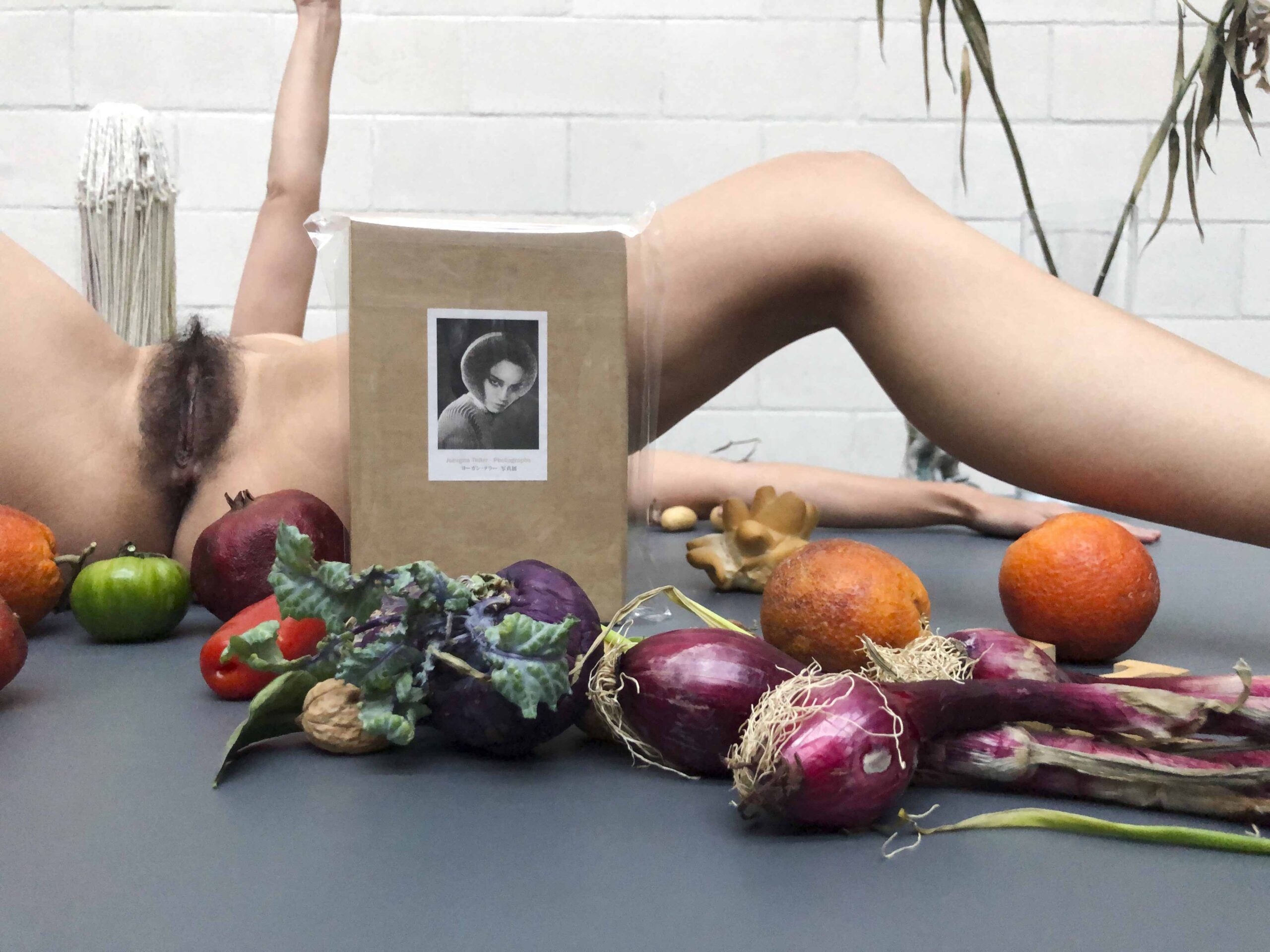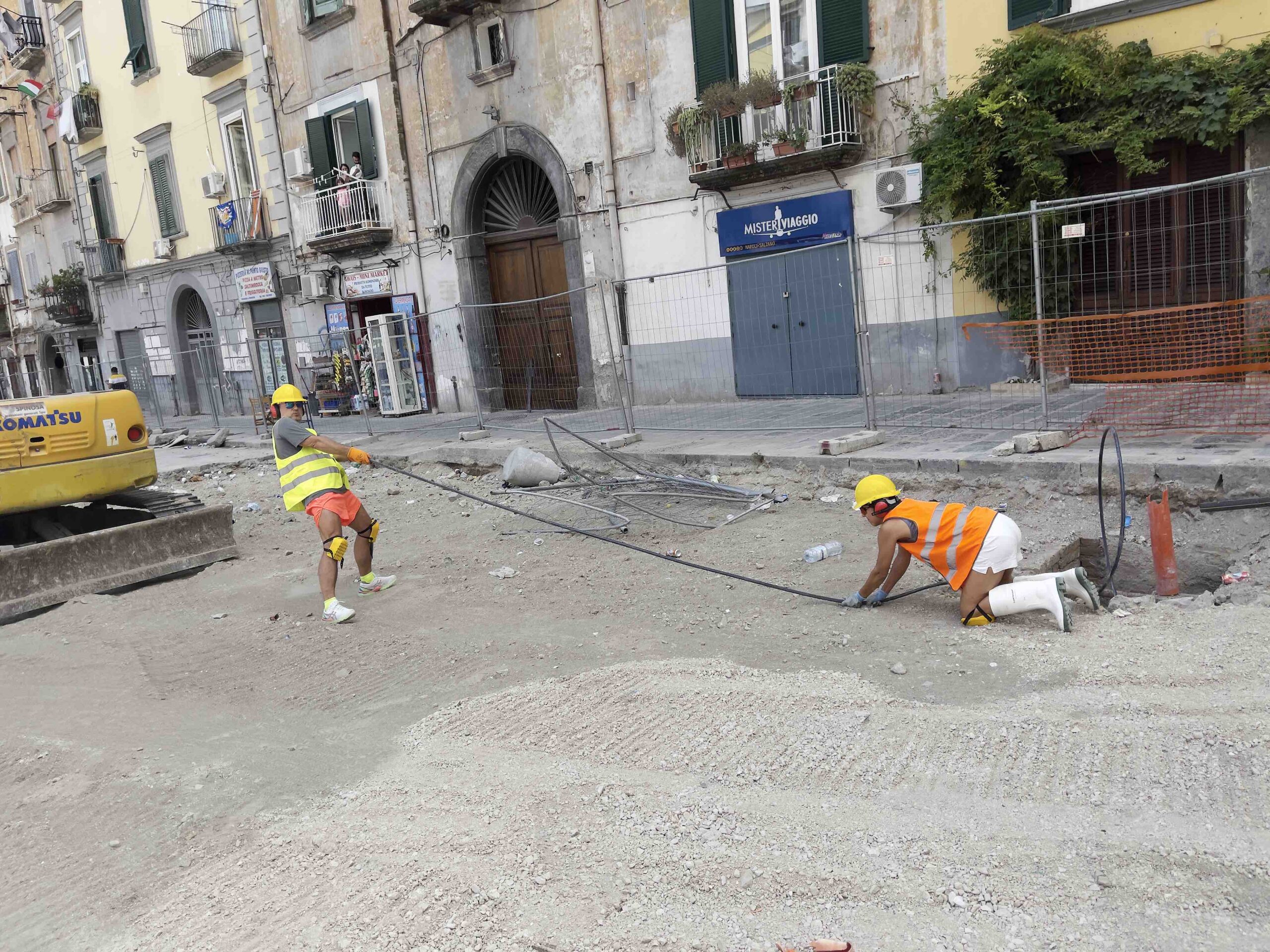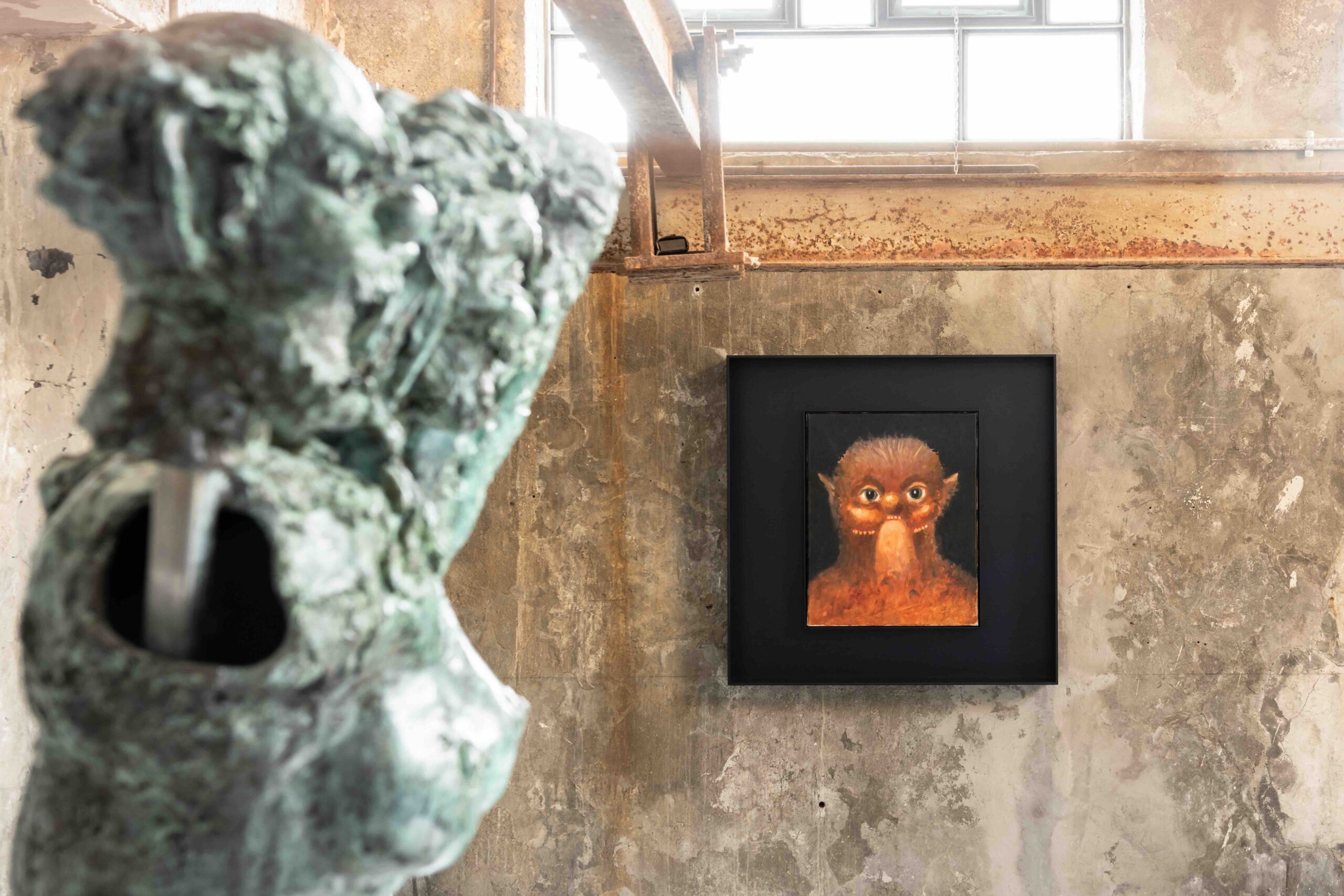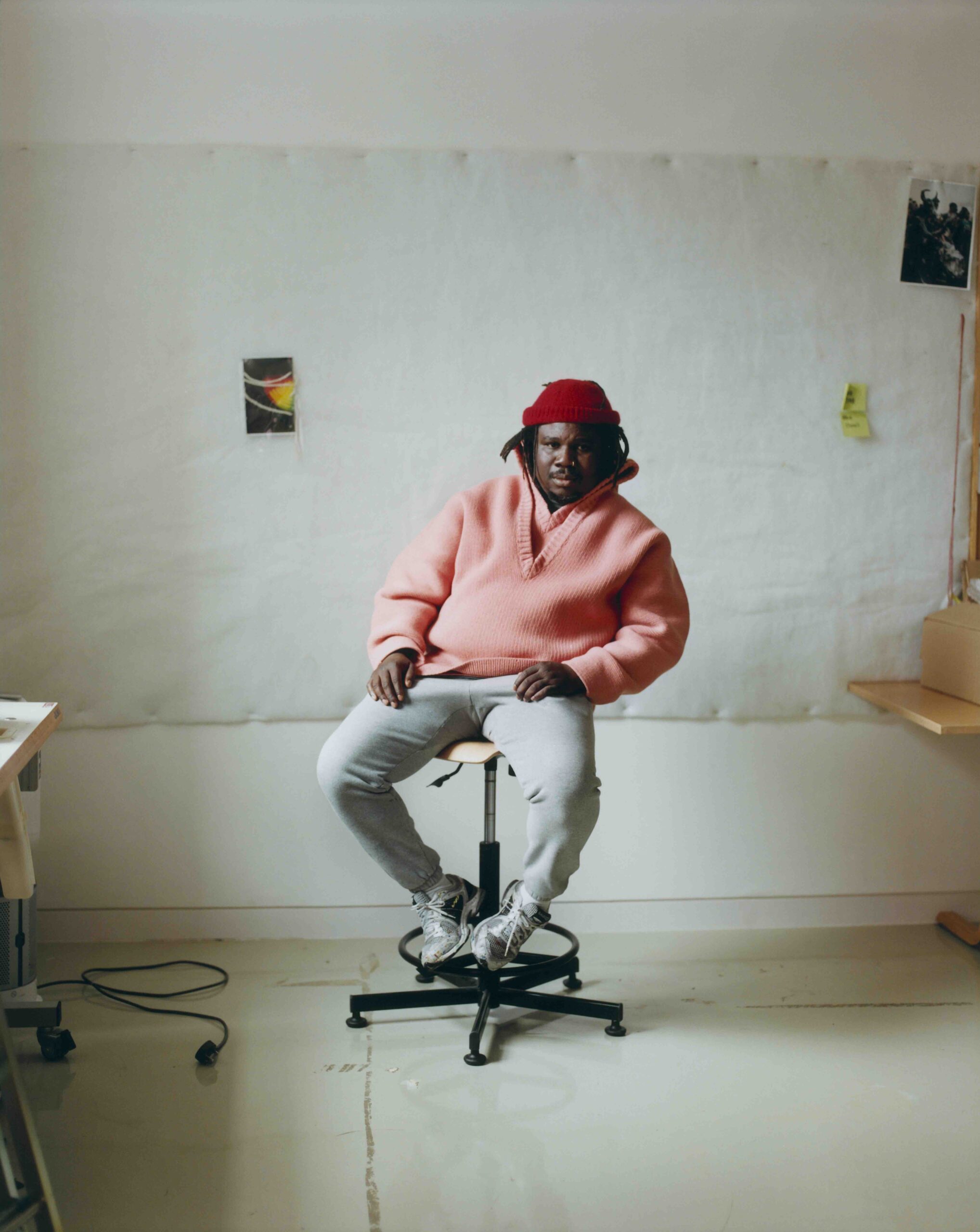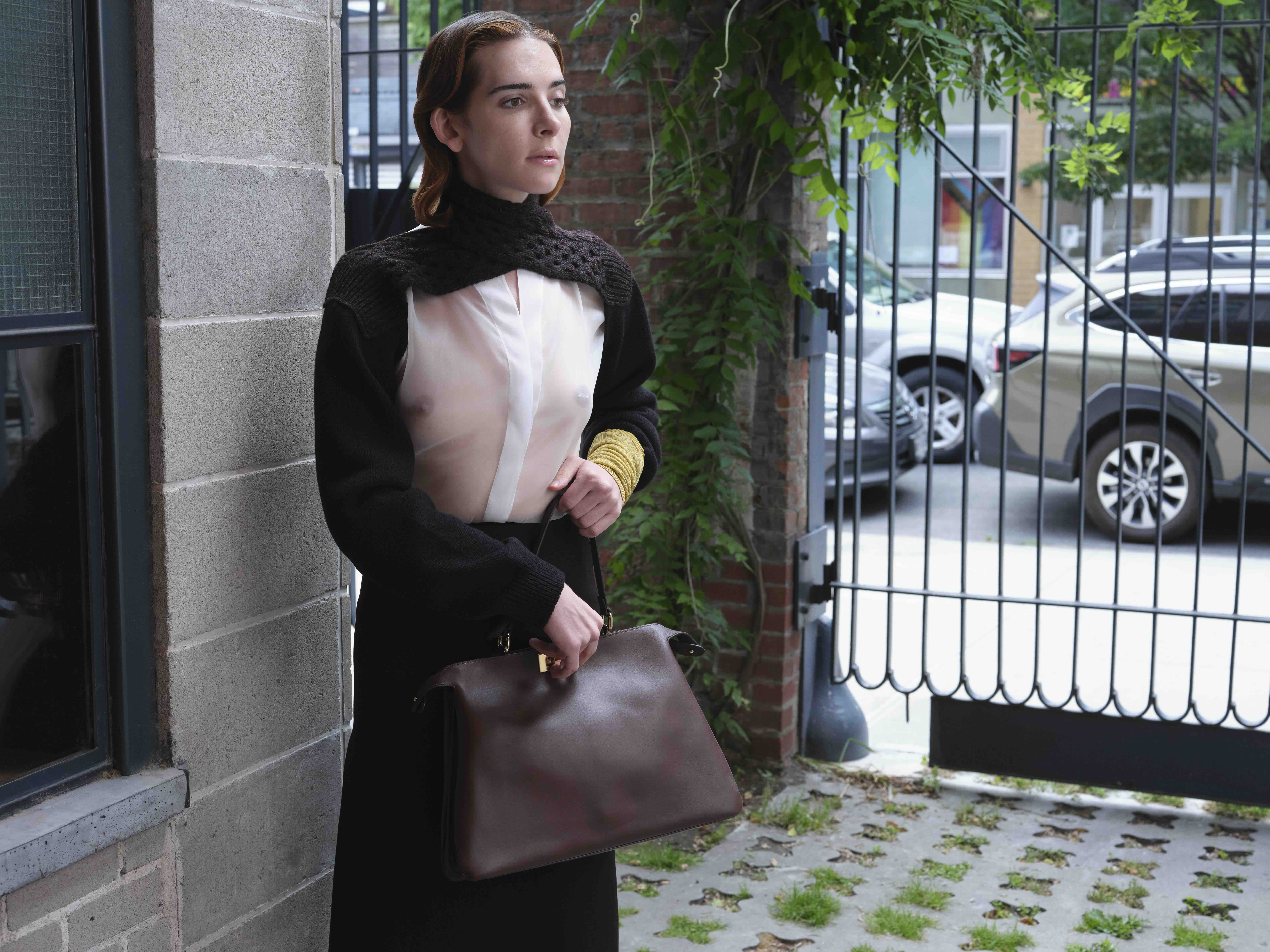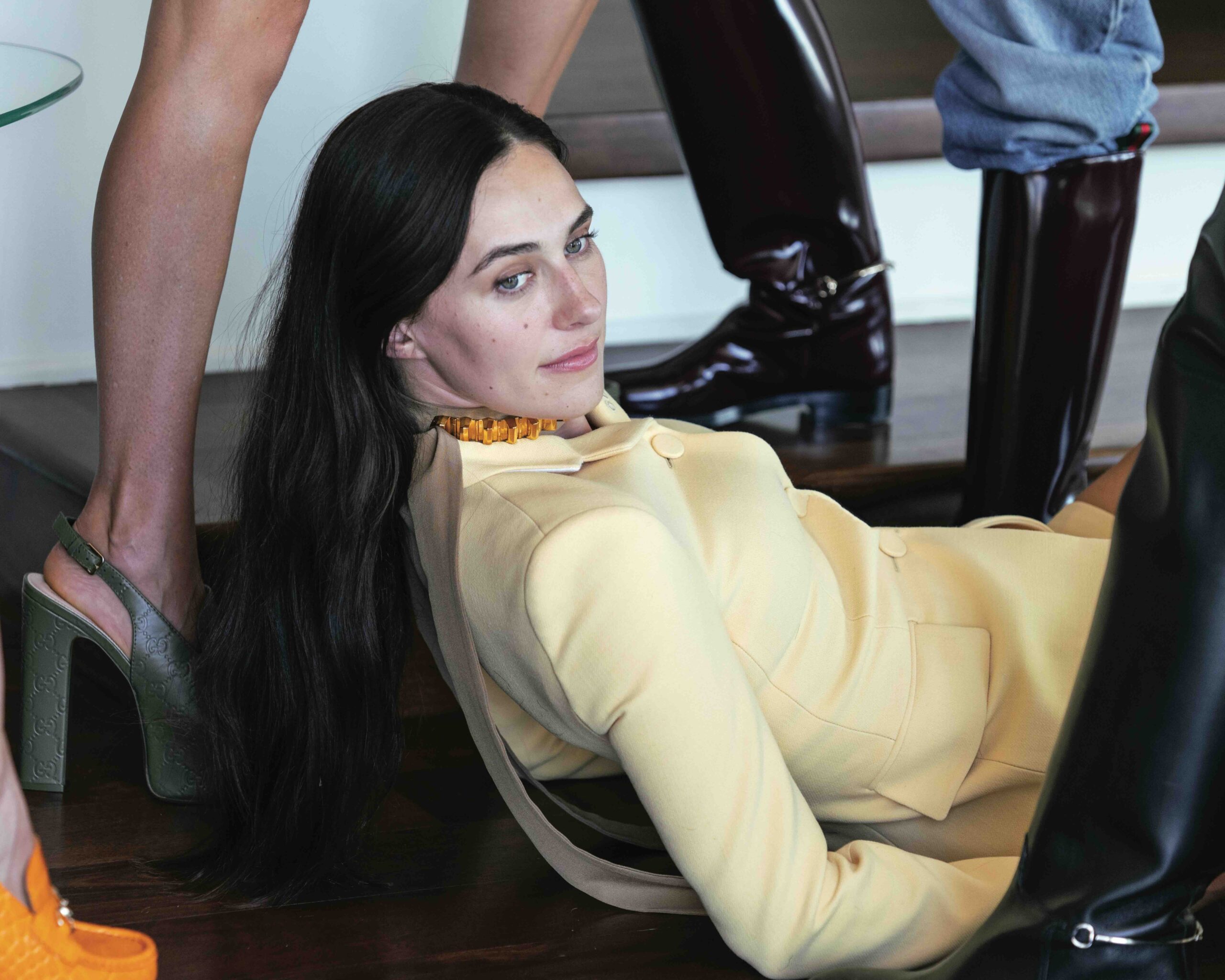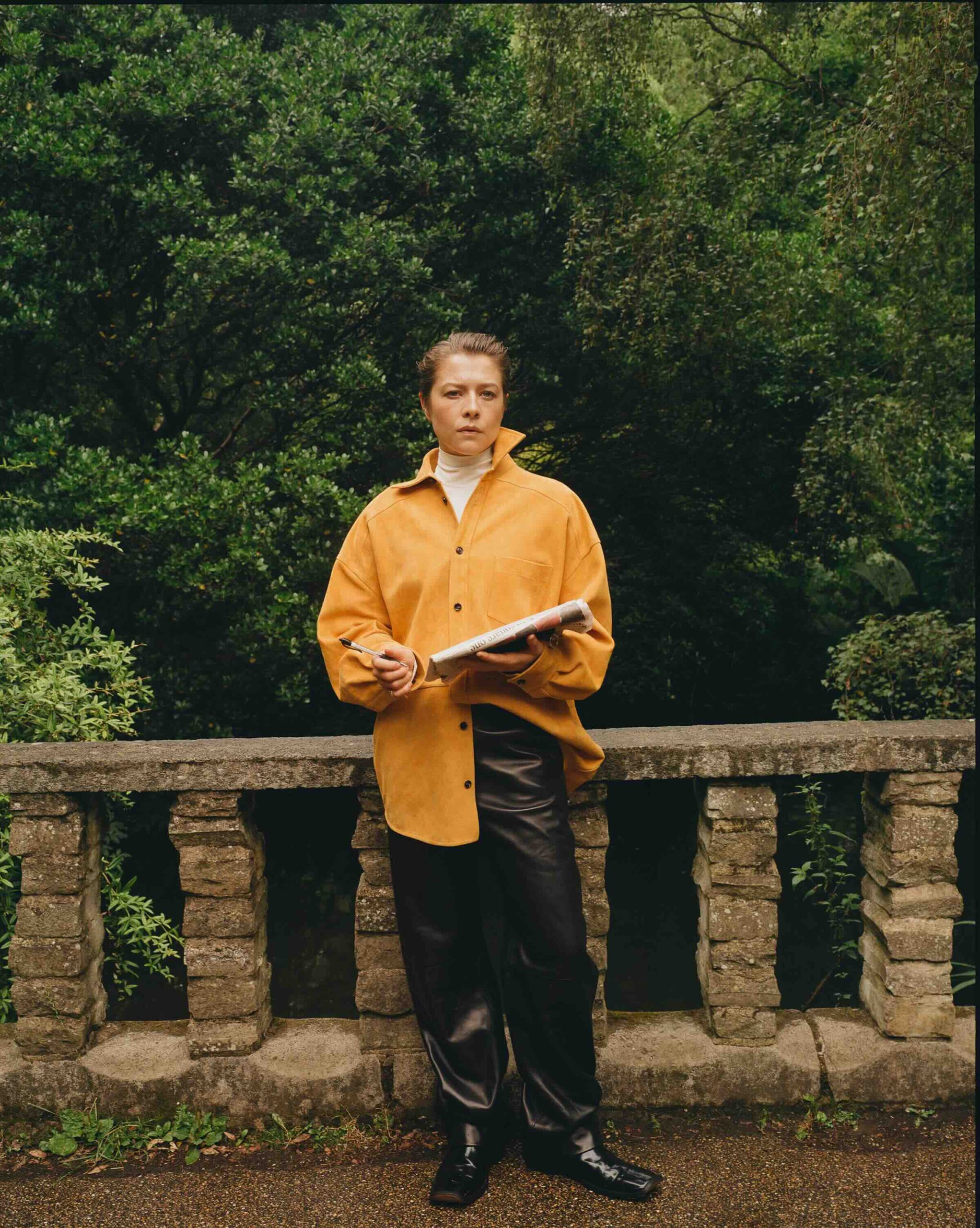JUERGEN TELLER IN CONVERSATION WITH CHARLOTTE COTTON
CC When I think about the terrain of your work, there’s a through-line of your markedly open observation of what’s happening. You are present in ways that aren’t over-controlling, or over-managing of a situation or its outcome. You always seem to maintain a kind of freedom and an openness to what’s actually happening between you, your subjects, and your collaborators.
JT Every collaboration is different. With clients like Marc Jacobs, or Helmut Lang, it’s the trust and the belief that they gave me to really dig deep within myself to do the best work possible, in my way. Whether it’s with a fashion designer, or working with a stylist, or with a curator, or with an artist, whether it’s Cindy Sherman or Nobuyoshi Araki. That creative togetherness is definitely true of collaborators like Charlotte Rampling, who I’ve known for a long time as a friend. Things are possible because we have shared life experiences over time. We talk about her work, or we talk about my work and then we do something together. Then, maybe five years pass when we just see each other for dinners and to talk, and then we have another idea of doing something together. My collaborators give me freedom by trusting me to go with whatever I want us to do, you know? And it’s rare. It’s not very often but I think it comes from a certain openness from within me, in the way that I lay myself bare to another person. I’m honest, I’m not doing something on the sly and because of that, something opens up and we go further together.

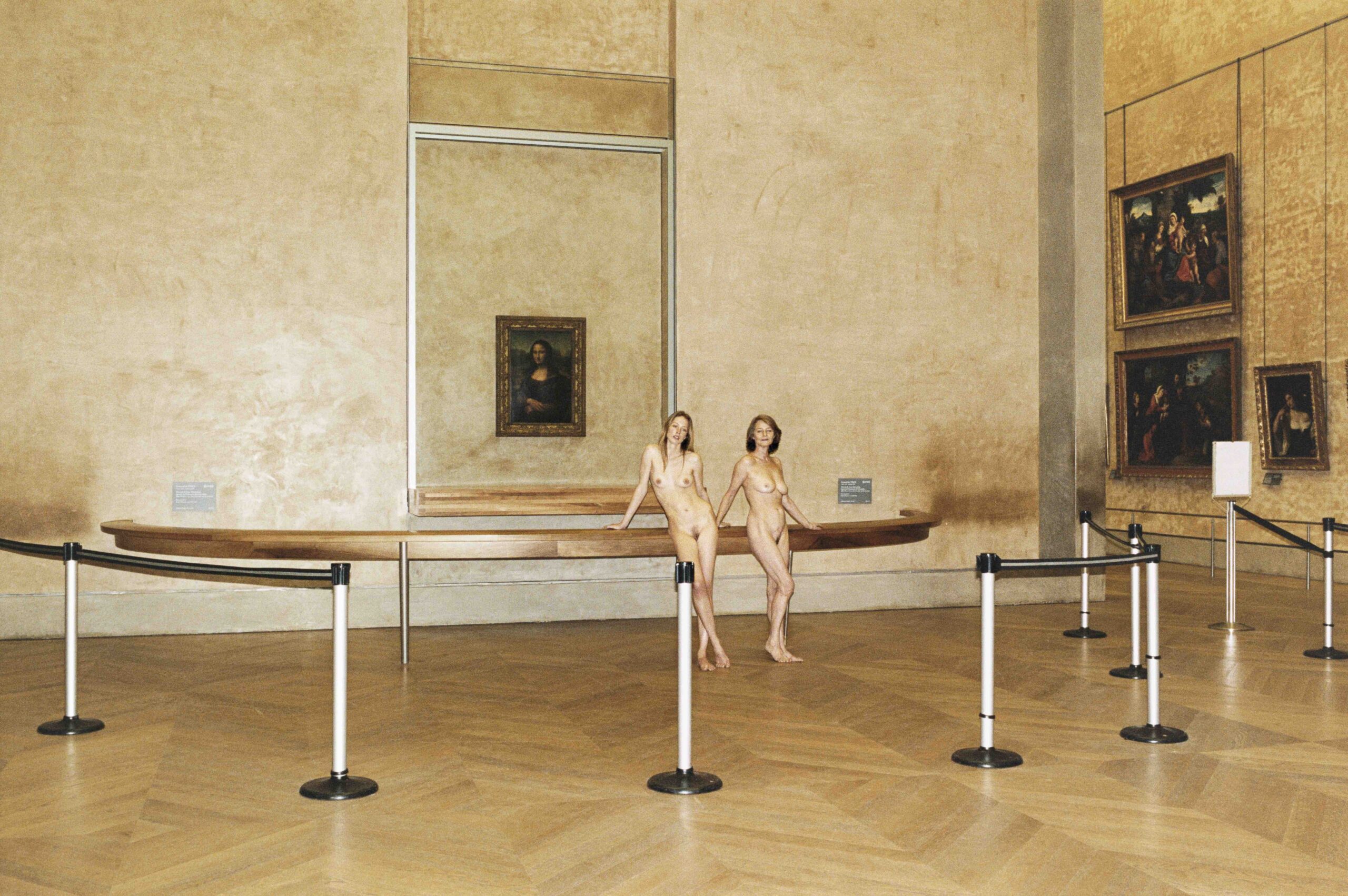
“I think time is the essence of everything… To let it live, and to think about what you want to put out into the world is the most important thing. It’s a learning process for what you do next.”
CC Is there a connector between your collaborations with other artists and photographers?
JT My relationships with artists have always been about my admiration for them. What’s coming to mind right now as a defining moment of such admiration was when I first met Boris Michajlov and his wife, Vita. It was in 1999, when I was at Steidlville, printing my Go-Sees book and Boris and Vita were there working on Case History. They were talking to each other non-stop; they were discussing everything. We took an immediate liking to each other and became friends, and we’ve since made three exhibitions with each other. What they have together is really something extraordinary. They live together, they work together. He photographs her and they curate their work together. They do everything together. It is something I felt would be fantastic to have.
CC I like your use of the word “admiration”, I think you are being very genuine in describing this as the underpinning of these intense collaborations with artists who are legends, whether it be the living canon of photography or the extraordinary performative, embodying talents of Charlotte Rampling and Tilda Swinton.
JT It’s the same with the artist Roni Horn, and with William Eggleston, who I met when I went to Memphis to photograph him for a magazine assignment, and then we became friends. With Araki, we’ve had two exhibitions and published two books together. I think it’s partly about an understanding of what we’re doing and that we relate to and appreciate each other. We like each other. For me, it was also a kind of knighthood – for Sherman, Eggleston, Michajlov, and Araki to like my work and choose to work with me. This has meant more to me than anything, because it comes directly from the people who know how difficult it is to do what we do and what it means to create work. It’s a huge compliment.
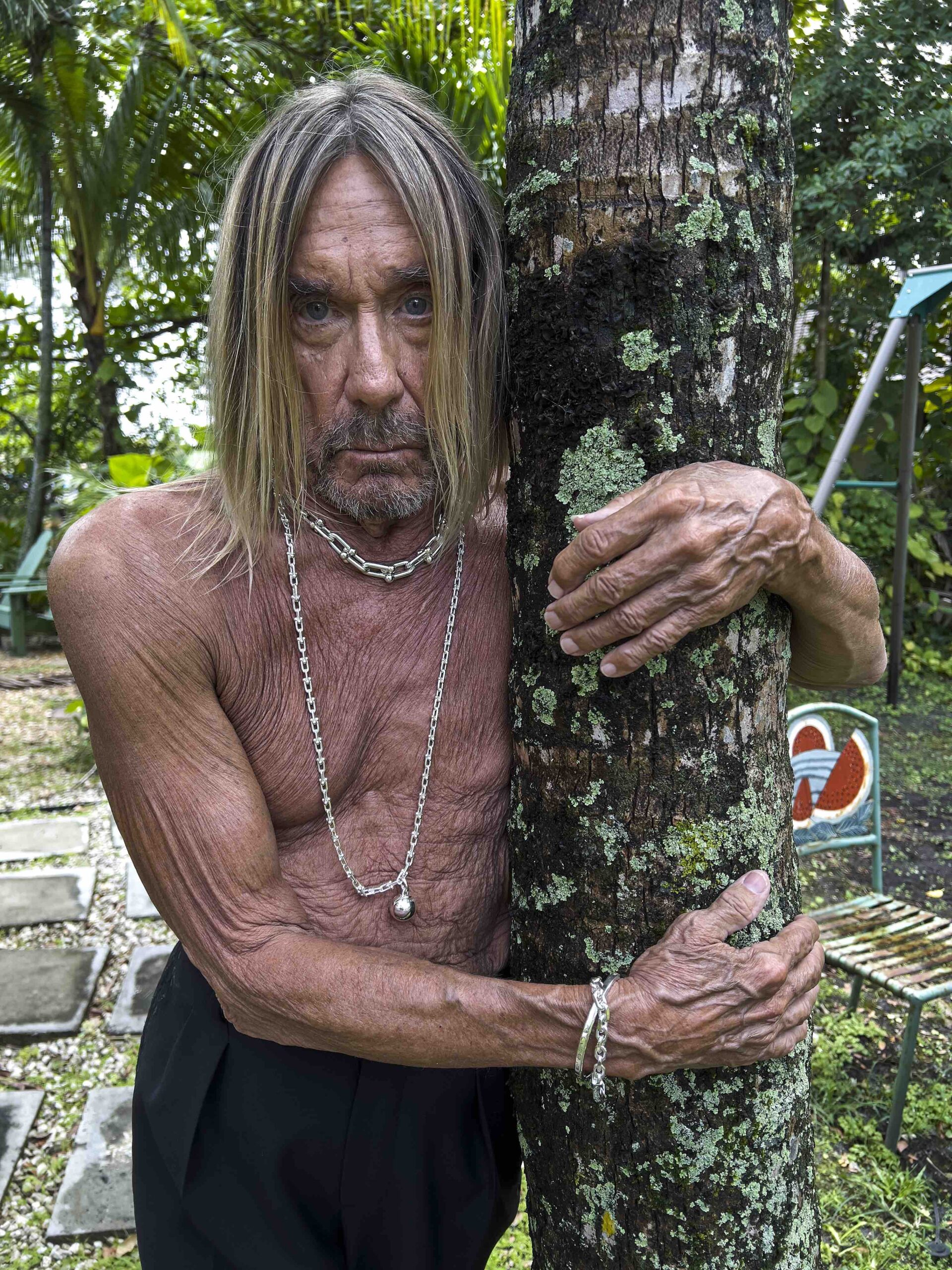
CC Going back to your remembrance of meeting Boris and Vita Michajlov almost 25-years ago, I’m obviously connecting this with how you and Dovile [Drizyte] are creating your work and life together right now.
JT It must’ve been in the back of my mind, but little did I know this when I first fell in love with her. For one thing, she was living in New York, and I was living in London, where I needed to stay rooted. So, it was for Dovile to make the move to London. The next question was, What the fuck is she gonna do in London? And I asked her, Well, why don’t we work together?
CC The centrality of love and friendship as the prompt and the fuel for the directions you have taken in your photography is, for me, the core message of your 2021 book Donkey Man and Other Stories. It is a brilliant book. Congratulations to you and to Dovile.
JT Thank you. Thank you.
CC For any artist, it’s a massive undertaking to survey over 25 years of your practice, and I imagine especially for you as a practitioner where the book form has been a highly imaginative, often single-project-focused context for your work. Can you tell me about making Donkey Man and Other Stories?
JT I’d been thinking about making the book for quite a while – one that celebrates magazines and printed media and what you can do within them. It used to be The Face and i-D, and the eight-page fashion story or a couple of pictures for an article about a musician. Then magazines moved into this other format where, for example, Wolfgang Tillmans or I had 40 or even 100 pages to express ourselves in a way which is not a book, but gets our visual stories out into the world for many people to see. They are also rare, but I enjoy the collaborations I’ve had with magazine art directors, like Phil Bicker and Ashley Heath, because they gave us space to make something entirely new that celebrated the form of the magazine. I wanted to combine all of that experience of making together in one book.
CC And it speaks to the creative journey of editorial photography as a genre – at its best – through the lens of your career. There are moments in the journey where you had the opportunity to be somewhere where an exceptional experience unfolds. But there are also your observations of quite ordinary situations that present the magical way in which photography resolves or captures something that really happened. I also loved your notes about waiting for Rihanna, and to have you reveal to the reader that a shoot still calls for your intense concentration, and carries an anxiety for you about what’s about to happen.
JT Yeah, that’s true. I’m still nervous – sometimes more, sometimes less – every time. Also, you can’t always be photographing. Sometimes you don’t know what to photograph, or you have to live your life and then something comes out of that.
CC One of the things I appreciated was the way that your Die Zeit column On the Road with Juergen Teller [2009-2010] staccatos through the book – pages of text where you are writing about a photograph drawn from your archive. I’ll be honest, I was surprised how good your writing is! It’s direct and relatable, and very believable. It’s like your photographs – there’s nothing sly about your writing.
JT The weekly Die Zeit Magazine column was an exciting thing for me. It was like doing homework. I had to sit down and write a story about a photograph I’d made. I kind of wanted to show what photography is, or what you can do in magazines.
Read the full interview on Muse September Issue 62.
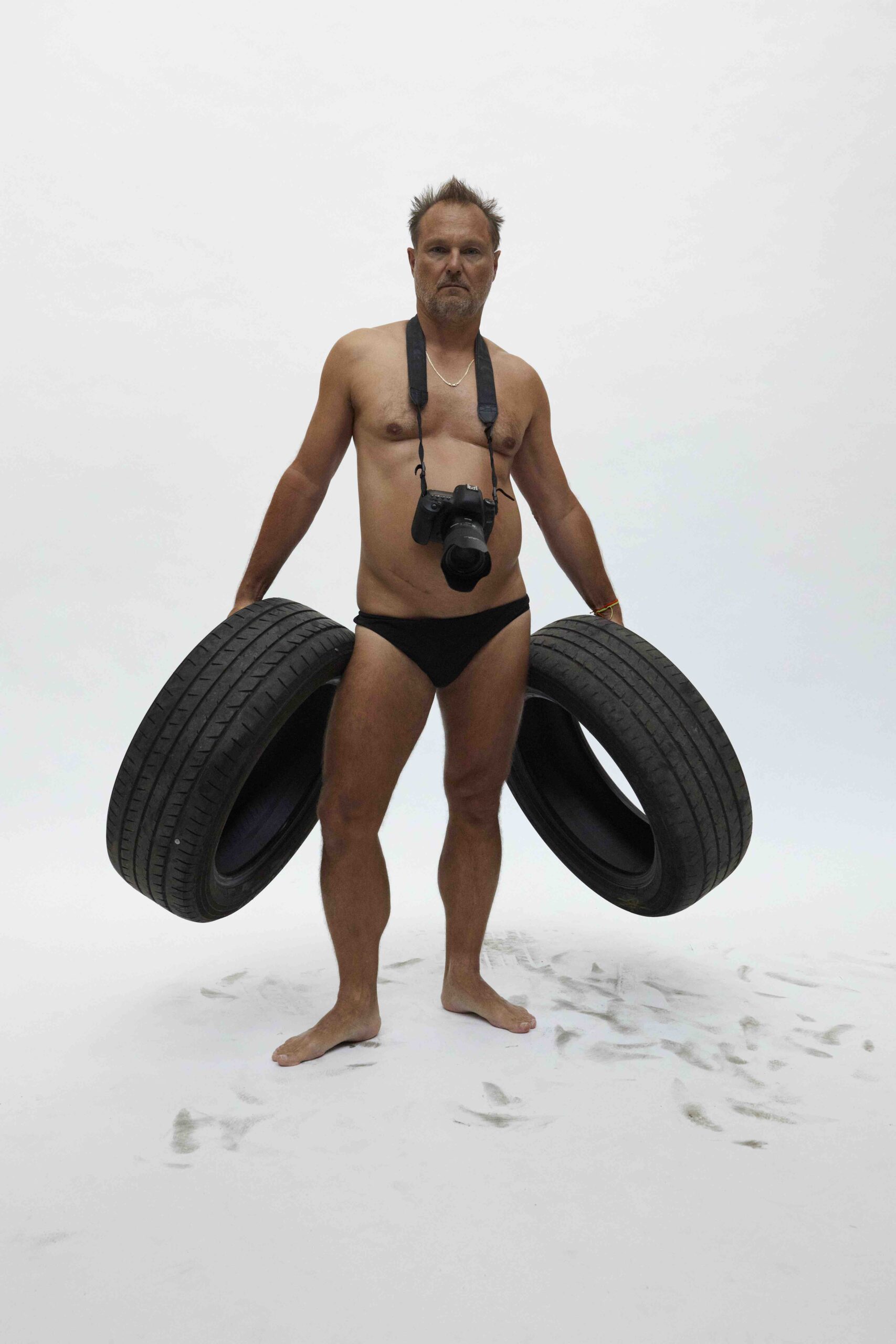
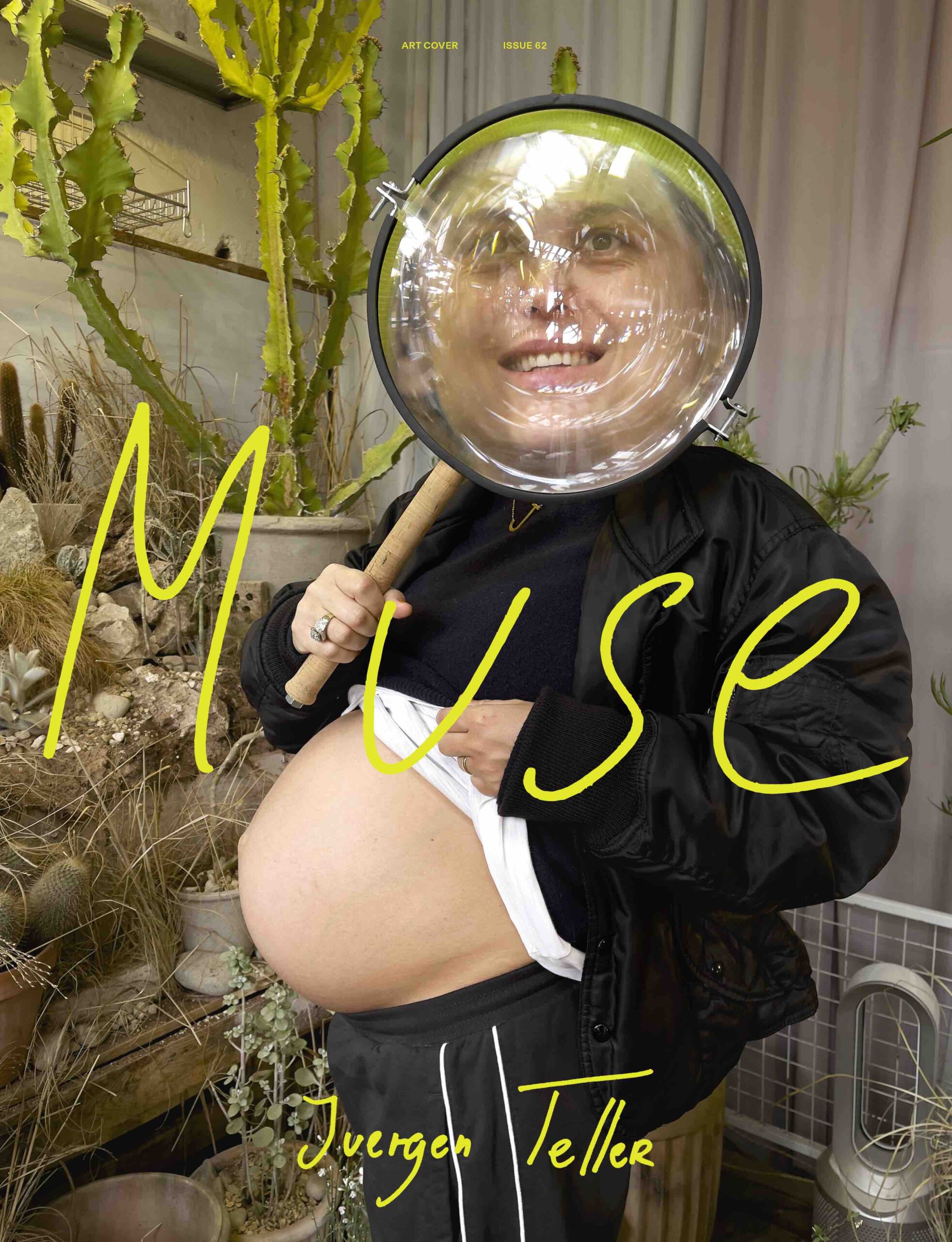
Juergen Teller – i need to live is on view at the Grand Palais Éphémère from December 16th, 2023 to January 14th, 2024.
